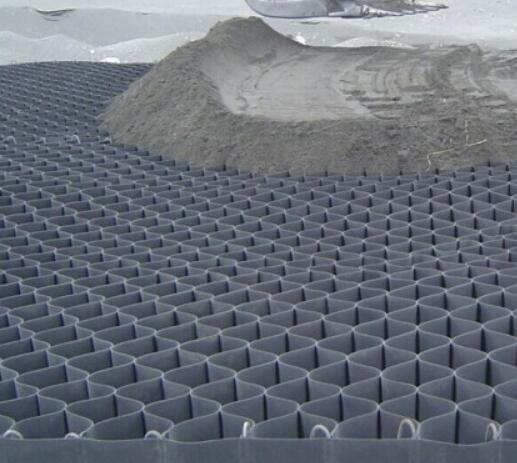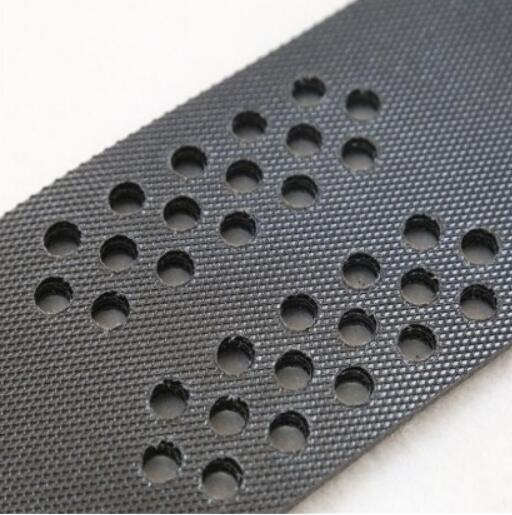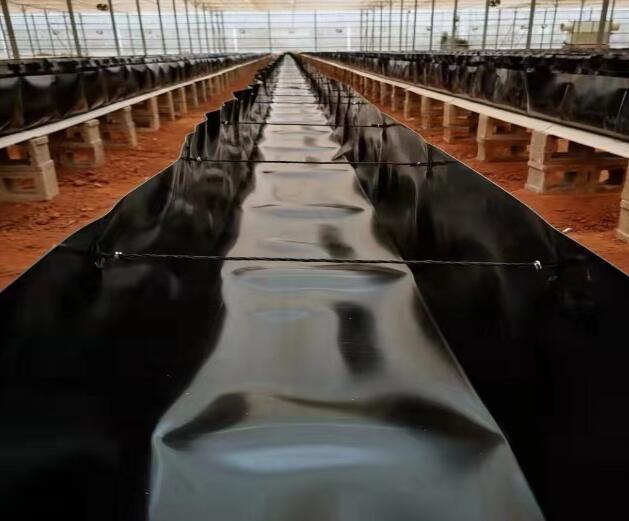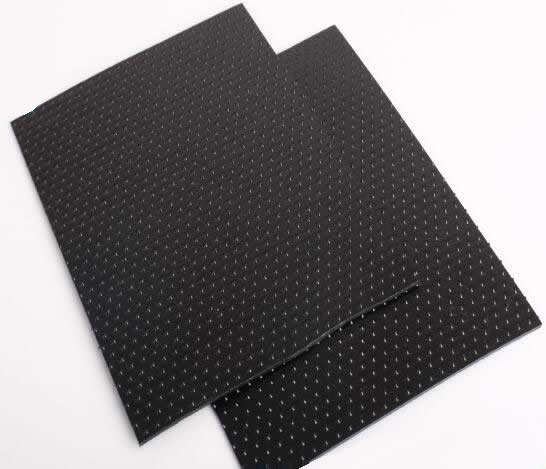- Understanding the Role of Geomembrane Liners in Waste Management
- Innovations in Geomembrane Liners for Water Management
- Geomembrane Liners: A Comprehensive Guide
- The Future of Geomembrane Liners in Civil Engineering
- Geomembrane Liners: Enhancing Landfill Stability
Manager:
WhatsApp:+86 177 0135 2670
Tel:+86 177 0135 2670
Email:marketing@okorder.com
Address:3rd Floor, No.2 Building, No.1 Sanlihe Road
Is HDPE a geomembrane?
Geomembranes are an integral part of environmental engineering and civil construction dealing with containment, barrier systems, and other applications where impermeable membranes are required. Among the materials used to make geomembranes, high-density polyethylene (HDPE) is popular due to its extraordinary properties. Nevertheless, this single term can refer to several kinds of materials and configurations. This article gives details about hdpe Geomembrane characteristics, composite geomembranes and whether or not HDPE qualifies as a geomembrane.

Understanding Geomembranes
Geomembranes are man-made materials primarily used for containment, environmental protection and fluid barriers. They derive their properties from various polymers which have different applications in different environments hence the need for a tailor made approach to each project. Examples include lining landfills, ponds, reservoirs, canals etc which provide barrier systems for environmental remediation as well as hydraulic engineering projects.
High-Density Polyethylene (HDPE) Geomembrane
Among the most commonly used geosynthetic membrane materials are HDPE geomembranes. High density polyethylene is a thermoplastic polymer with high tensile strength; it is durable and has excellent resistance against chemicals; this material provides the basis for HDPE geomembranes production through extrusion process resulting into sheets of different thicknesses that depend on specifications peculiar to each project.
One striking feature of HDPE geomembranes is their remarkable ability to withstand chemical degradation that makes them applicable even under harsh exposure conditions where they would be subjected to various substances including acids, alkalis and hydrocarbons among others such as oils. Additionally, they offer great UV resistance such that even when exposed outdoors they continue performing well over time. The flexibility of this material enables easy welding thus minimizing leakage risks while enhancing proper containment.
Composite Geomembranes
Composite Geomembrane refers to multiple layered setup aimed at achieving project goals. Usually, these membranes are made up of a primary layer of geomembrane (e.g. HDPE) and reinforced with additional layers to enhance their strength, puncture resistance or compatibility to specific environmental conditions.
These other layers may also consist of Geotextiles, geonet drainage layers or other forms of support reinforcement. They feature filtration and protection against puncturing for the case of geotextiles while the drainage flow is enhanced and hydrostatic pressure is minimized by the geonets. This enables composite geomembranes to exhibit better performance ranges compared to single layered ones as they can fit in various applications through different material combinations.
Properties of Composite Geomembranes
The various properties that make composite geomembranes suitable for challenging environments are well demonstrated by them. The main layer usually made from materials like HDPE ensures impermeability and chemical resistance whereas the additional ones boost mechanical strength, resistance against piercing and hydraulic conductivity.
The design purpose behind such membranes is that they should be able to withstand installation stress as well as long-term exposure to harsh environmental conditions. Unlike single-layered membranes, composite geomembranes outperform them because they have several layers with complementary features thereby fitting into important containment applications.
Is HDPE a Geomembrane?
In this context, HDPE qualifies a geomembrane since it can be used in containment applications meaning it has been widely used already. These polyethylene sheets share all those fundamental qualities typical of any geosynthetic membrane; imperviousness, chemistry insusceptibility as well as robustness hence among others they find usage in lining landfills and wastewater treatment plants or barier systems for dangerous waste facilities like hazardous waste sites.
While HDPE geomembranes can stand alone as effective containment solutions, they are also commonly used as the primary geomembrane layer in composite geomembranes. When combined with additional layers like geotextiles or geonets, HDPE geomembranes improve performance in response to project-specific requirements.

To conclude, high-density polyethylene geomembranes are a very important part of recent engineering works by acting as good obstacles to fluid migration, pollutants and environmental risks. As independent or composite geomembrane material, HDPE is an example of a sound, adaptable geomembranes that have become the bedrock of containment solutions around the world.”
- Previous:What is the use of geomembrane in road construction?
- Next:What is the difference between geomembrane and HDPE?
-
2024-06-13Geomembrane is not plastic cloth






